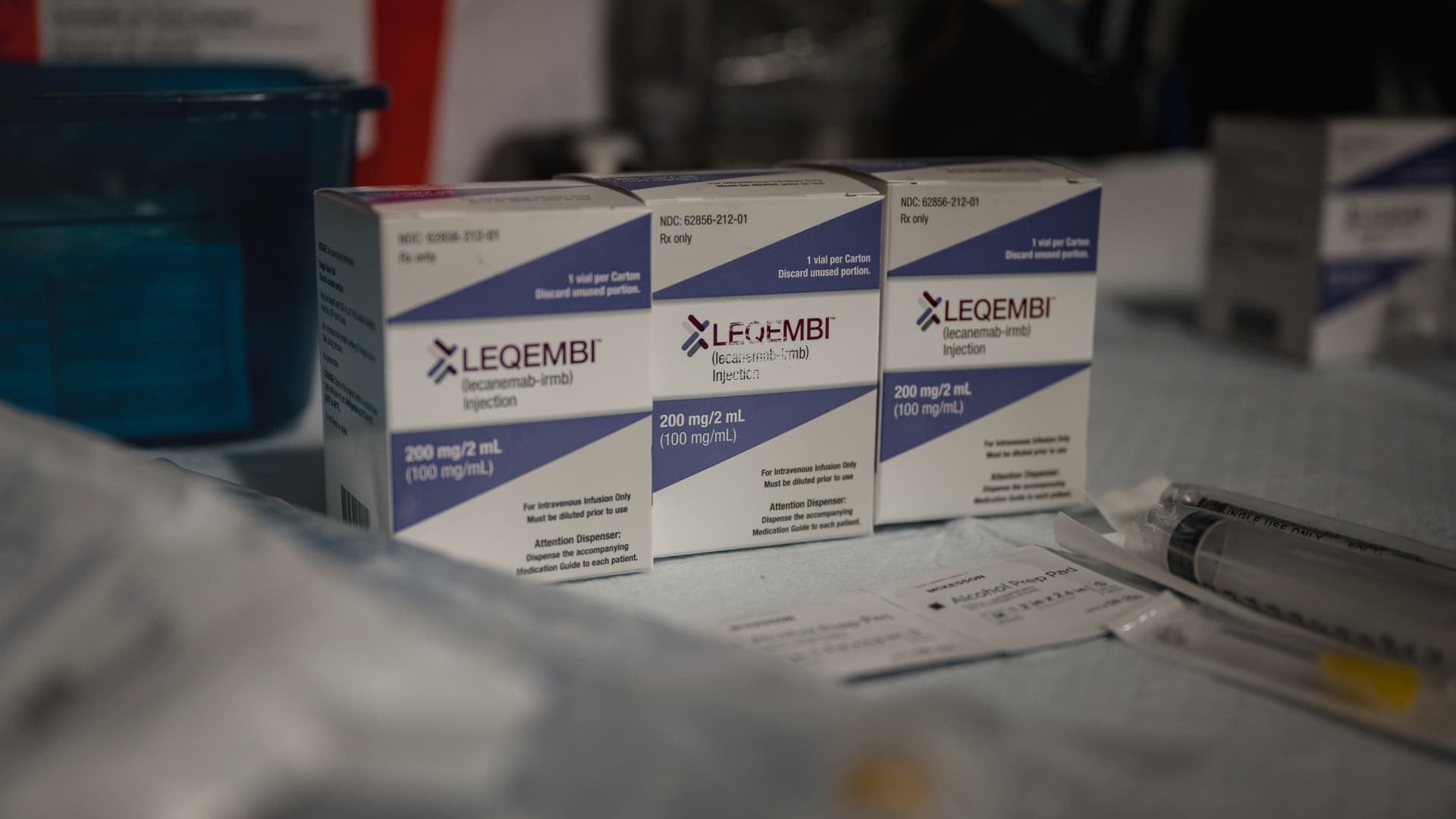WARNING: This story contains mention of suicide and self-harm.
A death at Winnipeg’s Health Sciences Centre campus has sparked calls for more safety measures to protect patients and staff at the hospital and the province’s Crisis Response Centre — including dedicated security at the crisis centre.
Shared Health confirmed on May 14 that two separate incidents two weeks ago — one at the Crisis Response Centre and another at Health Sciences Centre — led to the death of a patient.
The health authority launched a critical incident investigation, a type of internal investigation, into the events. It said it can’t confirm any details while that’s ongoing, but three sources spoke to CBC News about what happened. CBC is not identifying them because they’re not allowed to talk publicly on the matter.
The sources said on May 11, a patient who had just been admitted to the Crisis Response Centre harmed himself. Police said they responded to the suicide attempt, which involved a man in his 20s.
Sources said the officers Tasered the patient, and he was then transferred to another part of the campus for surgery.
They said that while he was recovering the following day, his restraints were removed. The patient then escaped, and died by suicide inside the hospital, sources said.

“It was a violent and traumatic incident for everybody involved. The entire staff team at the CRC remains very devastated and shaken,” said a health-care source. They “are probably going to be traumatized forever.”
That source said the incident was one of the most severe staff have ever seen, but cases of violence and self-harm regularly happen at the Crisis Response Centre.
Staff have been bringing up security issues with the employer for years, but nothing’s been done, they said.
One security guard is stationed at the centre, in a desk facing the front door. Sources said because the guard is shared with HSC, the guard can be pulled from the centre at any time, leaving no security at the facility at times.
Security not properly equipped: source
Another person who works at the hospital said the guard working on the first night of the incident at the crisis centre was an institutional safety officer — someone who’s taken additional training on de-escalation, use of force and detention — but was poorly equipped to deal with the situation.
The security source said the officer was in the room with the patient when he was harming himself, but he could not deploy his pepper spray gel because they were in an enclosed area, and it could’ve gotten into the ventilation system.
The source said there was little the officer could do without getting seriously harmed himself.
“Giving us a pepper spray gel is not going to solve anything inside the hospital — maybe in parking lots but not for inside,” he said.
The source said institutional safety officers need either a baton or a Taser to respond to some incidents inside the facilities, and ISOs at the University of Manitoba carry batons.
Meanwhile, the health-care source said backup is often far away. They said it often takes three to five minutes for security at Health Sciences Centre to get to the Crisis Response Centre, which is “way too long” for them to intervene during a critical incident.
“Vice versa, if there is a critical incident at HSC, our security guard leaves us to go tend to that, and then we have no security at all,” they said.
“We are a 24/7 facility and we never close our doors.… We have folks who are high on meth, we have folks who are psychotic, suicidal, homicidal.”
The security guard posted at the Crisis Response Centre isn’t regularly someone with the additional institutional safety officer training that enables them to physically intervene.
Nurses not supported: Union
The Manitoba Nurses Union has been calling for dedicated security at Health Sciences Centre and for more institutional safety officers in the facilities.
The first class of such officers started patrolling the Health Sciences Centre campus last month, three years after the law establishing them came into effect. The union said training isn’t done yet, so even if the administration eventually plans to have one at the Crisis Response Centre, they’re not there now.

“All nurses take non-violent crisis intervention training annually. They have extensive experience in dealing with these situations daily and a team of colleagues to rely upon,” Manitoba Nurses Union president Darlene Jackson said in a statement on Friday.
What nurses lack is immediate support in a crisis, Jackson said.
The Crisis Response Centre only has one locked room, and the health-care source said once that’s taken, they have nowhere to put Form 4 patients — those who’ve been involuntarily sent to the psychiatric unit.
The source said there were four such patients the first night of the incident, even though standard operating procedure says they should only have two involuntary admissions before diverting patients to other care centres.
“They just kind of are at the Crisis Response Centre and they can leave any time, and our policy is for us to let them leave and then call 911,” they said.
“That is not a safe policy. Like, we should either have more locked rooms or we should transfer our Form 4s elsewhere immediately.”
The centre also does not have a dedicated overnight psychiatrist, and the psychiatrist is only there for four hours on the weekend, which means the Crisis Response Centre relies on HSC residents instead.
Understaffed and over capacity
Jason Linklater, president of the Manitoba Association of Health Care Professionals, which represents some health-care workers at the Crisis Response Centre, said in an interview on Thursday that the crisis centre is often understaffed and over capacity.
The number of crisis clinicians hasn’t increased since the centre opened in 2013, he said.
“The building itself is likely not suitable for the number of patients they’re treating at the moment,” he said.
“They need to be able to move patients, and without the appropriate people … they’re not able to do that.”

Sometimes the Crisis Response Centre has a full slate of 15 patients who need help overnight, but only two clinicians and two nurses on staff, Linklater said.
CUPE Local 204, which also represents health-care workers at the HSC campus, also called for increased security measures in a statement on Friday.
Staff in all areas of the health-care system are dealing with an increase in violent incidents, and many incidents like the one at the Crisis Response Centre and HSC aren’t publicized, CUPE’s statement said.
Increased security presence
A Shared Health spokesperson said in a statement on Friday that there is still a security guard on site at the Crisis Response Centre 24/7, that the facility has multiple panic buttons and that it will install additional panic buttons at the centre.
The spokesperson said it’s implemented safety changes at the Crisis Response Centre throughout the years, including improvements to the front desk, the addition of the security desk in the waiting room, new windows and security cameras.
The spokesperson said the results of the internal review will be shared with the patient’s family.
The health-care source said the Crisis Response Centre has contracted an additional security guard, but that staff were told it’s a temporary arrangement.
“Every few years, something horrible will happen at the CRC and it will hit the news, and then some small changes are enacted and then people forget about it,” they said.
“These things don’t cost a lot of money. What we really need is a real second security guard … that’s permanent, and we need more investment in staffing.”
If you or someone you know is struggling, here’s where to get help:







